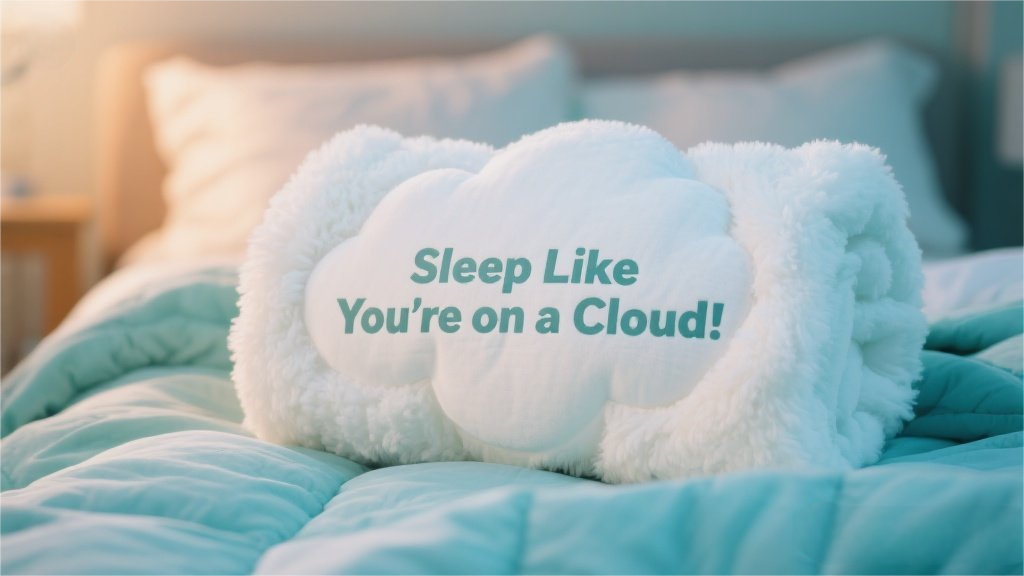Lucid dreaming is like being the director of your own blockbuster movie while you're fast asleep. Unlike regular dreams where you're just along for the ride, lucid dreaming lets you grab the steering wheel and take control—whether that means flying over cities, chatting with fictional characters, or rewriting nightmare scripts on the fly. About half of us have stumbled into this twilight zone at least once, while a lucky 11% get VIP access multiple times a month. But here's the kicker: science says your personality might hold the backstage pass. If you're the type who journals, questions reality, or daydreams about parallel universes, your brain's wiring might make lucid dreaming your personal playground.
The Science Behind the Silver Screen of Your Mind
When your head hits the pillow, your brain cycles through sleep stages like a DJ mixing tracks. But the real magic happens during REM sleep—the phase where your eyelids flicker like a film reel and your brain serves up its most vivid storylines. "REM is when your prefrontal cortex, the logical CEO of your brain, takes a coffee break," explains sleep researcher Dr. Rebecca Robbins. "That's why dreams often feel surreal—your inner critic clocked out." But during lucid dreams, something wild happens: parts of that logical brain sneak back online. Suddenly, you're both the actor and the audience member whispering, "Wait, this isn't real... but let's see where it goes."
Why Your Brain Needs This Nighttime Playground
Beyond being the ultimate escape room, lucid dreaming packs some serious mental health perks. Studies show it can act like a therapist for your subconscious—rewriting recurring nightmares (goodbye, zombie apocalypse dreams) and dialing down anxiety. "One patient used lucid dreaming to confront her fear of public speaking," shares clinical psychologist Dr. Jade Wu. "She'd practice speeches in dreams where the audience turned into puppies. Real-life presentations became way less terrifying." Creativity also gets a boost. Ever wake up with a genius idea? Thank REM sleep's chaotic brainstorming sessions. Lucid dreamers report higher problem-solving skills, likely because they're actively tinkering with dream scenarios instead of passively watching.
The Dark Side of Dream Control
Before you start binge-watching dream tutorials, there's a plot twist: lucid dreaming isn't all rainbows and superpowers. "Some methods to trigger it—like waking up at 3 AM to journal—can wreck your sleep quality," warns neurologist Dr. Chris Winter. Then there's the "Inception effect": blurring reality and dreams so much you start questioning if your work meeting is just another dream sequence. People with dissociative disorders or psychosis should proceed with extreme caution—their brains already struggle with reality checks. Even for healthy folks, overdoing lucid dreaming can leave you feeling like you pulled an all-nighter... after eight hours in bed.
Hacking Your Dreams Like a Sleep Scientist
Want to test-drive lucid dreaming? Ditch the sketchy YouTube hacks and try these research-backed methods instead. The "MILD" technique (Mnemonic Induction of Lucid Dreams) is basically giving your brain spoilers before bed. Write a script like: "When I see a purple giraffe, I'll know I'm dreaming"—then visualize it as you drift off. The "Wake Back to Bed" method plays with timing: set an alarm for 4-5 hours after bedtime (prime REM territory), stay awake just long enough to read your dream journal, then dive back in. Reality checks are another favorite: throughout the day, ask "Am I dreaming?" and try pushing your finger through your palm (works in dreams, fails IRL). Bonus points for meditation—it sharpens the self-awareness needed to spot dream weirdness.
At the end of the day (or night), lucid dreaming is like learning to surf your subconscious. Some days you'll wipe out; other times you'll ride the wave perfectly. Whether you're chasing creative inspiration, nightmare relief, or just a wild midnight adventure, remember: your brain's already a blockbuster studio. Now you're just upgrading to director mode.
























